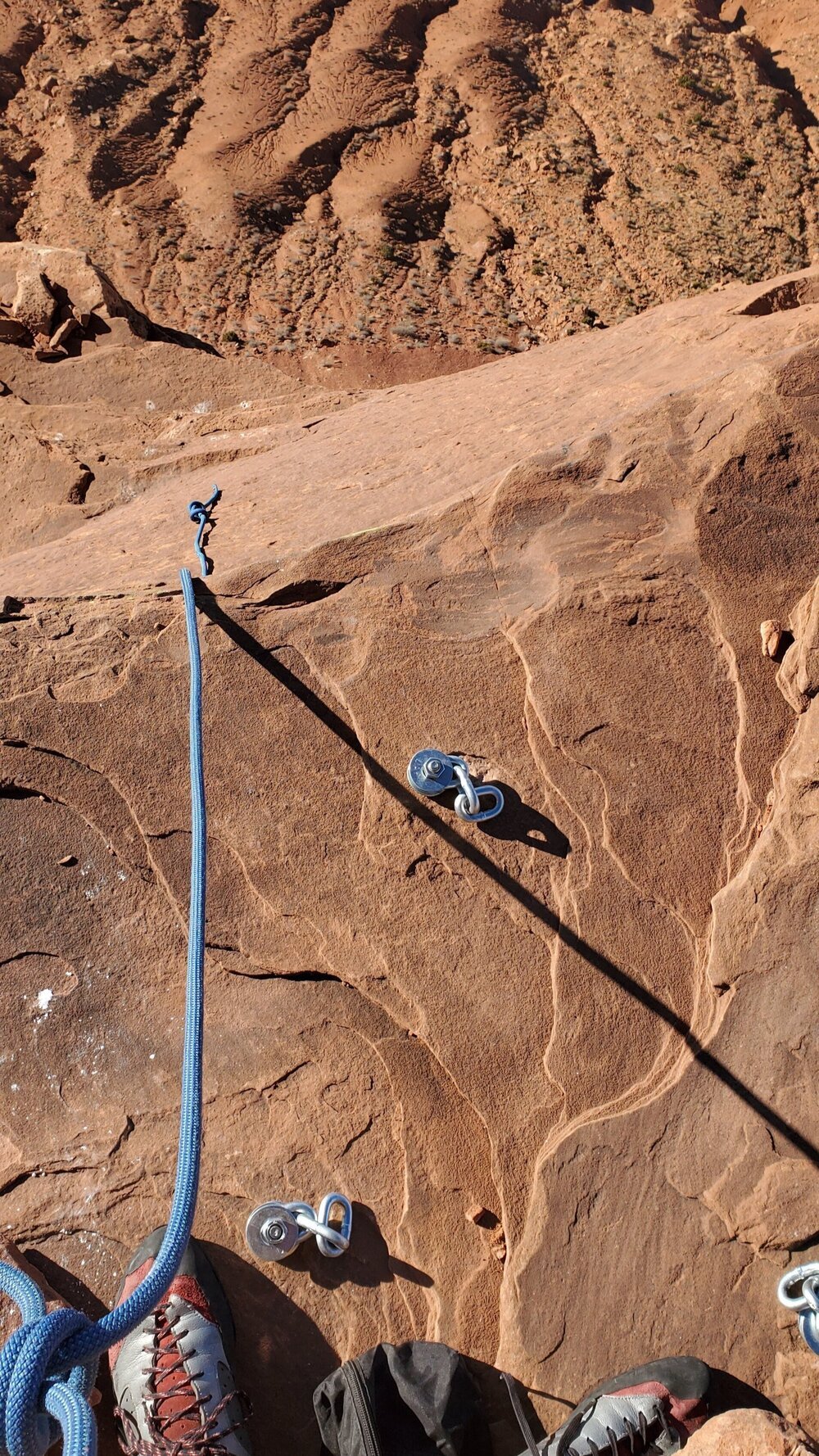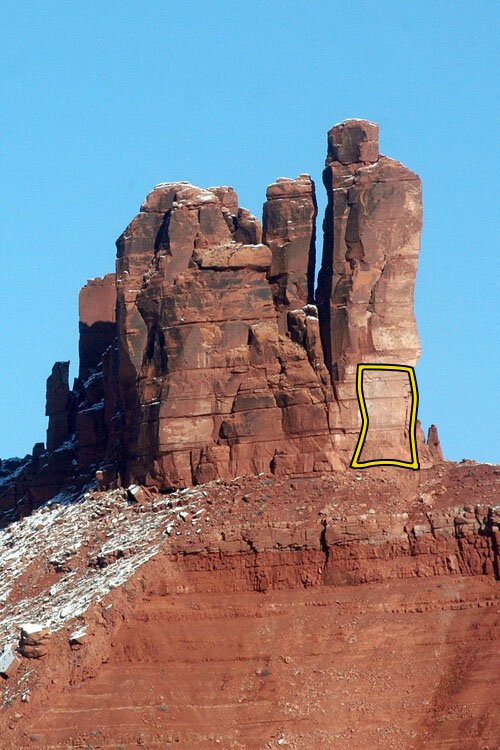I am most drawn to the alpine environment and love to climb alpine rock and snow. We also spend plenty of time trad and sport climbing. I enjoy belaying my climbing-addicted 14-year-old, who is on the verge of sending his first 5.13.
How did you first become interested in Accidents?
I have been reading them for years—as a kid, I used to pore over my father’s stash of ANAC from the 1940s, 50s, and 60s. For a decade or so, I worked as a professional ski patroller, and that experience brought into sharp relief the fine line between safe practice and serious accidents. For me, the margin between accident and prevention has always seemed a compelling part of this amazing sport.
Why do you think accident reporting is important?
Statistics don’t lie—trends are incredibly revealing of human behavior, and are underpinned by real lives lost, real lives affected. I think about this with every accident I analyze. The main thing I think we can learn and reinforce is how common and preventable so many of them are, if we take a moment to review precautions and strategy of what we’re about to do.
Personal scariest “close call”?
I’m happy to report that I’ve had very few close calls over the years, but one stands out. Years ago, I was climbing Mont Blanc by the standard route. The route crosses the Couloir du Goûter, a steep, wide gully notorious for rockfall. After reaching easier terrain on the other side, my partner and I unroped. Without warning, a barrage of huge boulders swept down and struck my partner, who disappeared over the edge and fell some 500 meters down the couloir to the Glacier de Bionnassay.
The rescue is a long story, but, in short, I was able to locate and stabilize him. A nearby guided party notified the PGHM (High Mountain Military Police). We carried my partner down the glacier in a litter, which took most of the night. He was hospitalized for weeks with multiple injuries, but eventually enjoyed a complete recovery.
Gary O’Brien’s scary experience in the Couloir du Goûter is far from an isolated incident. This broad gully, which must be crossed to reach the high hut on Mont Blanc’s most popular summit route, is one of the most dangerous passages in the Alps, with numerous injuries and a few fatalities every season. (The alternative “normal route” up Mont Blanc, starting at the Refuge des Cosmiques, also has serious objective hazards.) The Petzl Foundation sponsored research on the causes and timing of rockfall in the Couloir du Goûter during the summers of 2018 and 2019, and their informative study, published this past summer, can be downloaded here.
The research team used seismic sensors to determine the timing of rockfall events and correlate them with snow levels, temperature, and rainfall. As might be expected, rockfall was most frequent after precipitation and during the afternoons and evenings. Perhaps more surprising: Snow in the couloir did not reduce the incidence of rockfall early in the season, as melting snow appeared to destabilize the slopes. Later-season rockfall events, though less frequent, often were bigger and longer lasting.
Petzl has produced a short video that vividly highlights the dangers of the Couloir du Goûter and the research work there. Warning: This video contains very disturbing images and audio of rockfall and other incidents.







